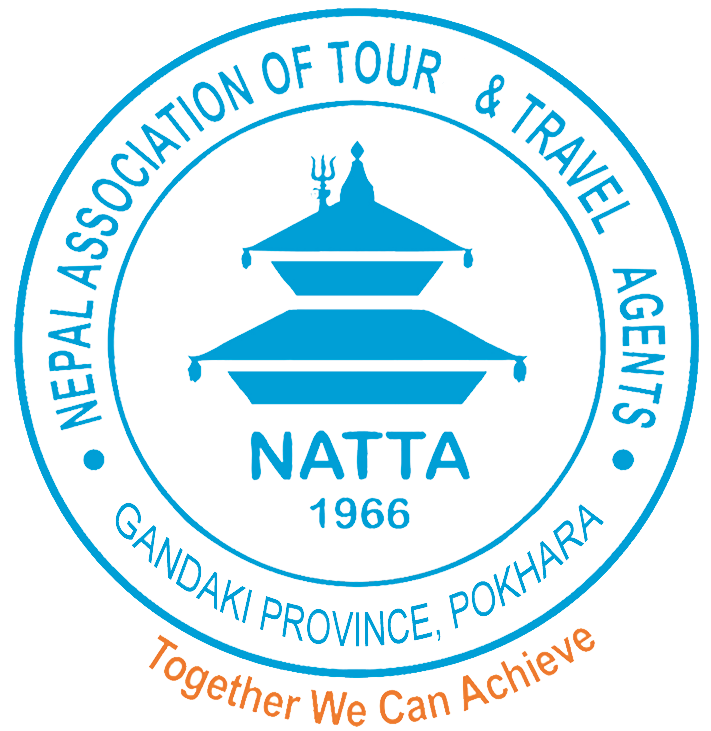
PEOPLE OF NEPAL: always have the simplicity and amiable nature that make the travelers feel like home and have a comfortable stay in Nepal. Friendliness of Nepalese people is appreciable by many tourists to Nepal. “Namaste” meaning greeting by bowing the head to you – is the way of Nepalese people welcoming their guests. Nepal is a famous Hindu kingdom with unique religious tolerance and home to about 23 million people from 69 different from different religions from different races and tribes. There is an amazing diversity of culture and lifestyle in each and every region of Nepal from the far west to the east of Nepal. Every ethnic groups or races or tribe have their own kind of costumes, cultures, traditions, food items and dialect.
Since the Stone Age passing through the unification until this modern era, Nepal has been a peaceful home to varied ethnic groups. There are mainly two groups of Nepalese people categorized as the “Tibeto-Burmans” or Mongoloids migrating from the northern side and the “Indo-Aryans” from the southern side. As well, the customs are also inherited from both the groups.
On the basis of geographical distribution, Nepal has been divided into 3 regions: Himalayan, Hilly or Mountainous and Terai or Plains. As well, different ethnic groups are living in these regions with their own unique identity, culture, and traditions. Here are some basic descriptions of ethnic groups:
Alpine
SHERPAS – This is the most famous ethnic group in Nepal mainly known among the trekkers, mountaineers, and climbers. They are the main supporting staffs and are the perfect guide of the Himalayas. Though their main professions are agriculture or farming, animal husbandry, and trade, the Sherpas are the best skilled and fearless persons to lead you for the successful expeditions and climbing. Most of them are Buddhist.
DOLPA PEOPLE – These people follow Buddhism and live in the mountains to the west of the Kali Gandaki river. They are the highest of the living ethnic groups in the world.
LARKE AND SIAR PEOPLE – The Tibetan and the Gurung are the main dialects of the local people living in Larke and Siar. Larke lies at the northernmost part of Gorkha and Siar lies at the northern part of Dhading.
MANANG BAS – People living in Manang usually do trade and business. There is a popular religious practice known as “Bara Gaule-Baragaun”. The Annapurna Circuit and the Muktinath lie in this Manang region. Buddhism is still the main religion here.
LO PAS OF MUSTANG – These people of Lo known as Lo Pas also follow Buddhism. They have their own language and festivals. The people here do trade between Nepal and Tibet via Upper and Lower Mustang areas.
OLANGCHUNG PEOPLE – These people from Olanchung Gola also do a trade for their living. They follow Buddhism but also follow their unique customs and traditions. Lhomis, Topke Gola and Thudam ethnic groups also live in the Alpine region of Nepal.
Sub-Tropical
BRAHMAN AND RAJPUTS – These people of sub-tropical have similarities with the Brahmin and Chhetris of the middle hills. They are also highly influenced by the culture of neighboring North Indian community.
THARUS – Being the largest and the oldest ethnic group of the Terai region of Nepal, they have a kind of dominance in their exclusive cultures and traditions. They follow the Hinduism. Agriculture and Trade are the main sources of income for their living. Danwars, Darais, Majhis, etc. are other ethnic groups similar to Tharus and also have their own language and cultures.
RAJBANSIS – Rajbansi people of Far eastern part of Terai mainly Jhapa and Morang districts do farming as their primary occupation. They follow both the Hinduism and Islam religions.
STARS – Stars are similar to Tharus of Nepal and Santhals of Bihar. They believe in an organized and disciplined social life. Hinduism as their primary religion, there are many other ethnic groups like Dhimals, Dhangars, Bodos, etc. living here. Dhimals live in the Eastern Terai, mainly in the Jhapa district and are Terrain counterparts of the Limbus. Similarly, Bodos live in the Mechi Zone of Nepal and are called as Mechain people. Dhangars have their origin in Madhya Pradesh of India and have settlements in the Eastern part of Terai.
MUSLIMS – Muslims follow Islam and speak Urdu as their mother tongue. They have migrated from the Northern part of India.
Northern Himalaya
THAKALI - Originated from Thok Khola, Kali Gandaki Gorge. They usually follow both Hinduism and Buddhism. Mongolian features like fair complexion with narrow eyes are seen in Thakalis. There are 3 major groups of Thakalis – Marphali, Thakali, and Tamang.
Marphali- Hirachan, Juwarchan, Lalchan, Pannachan
Thakali- Thakalis
Tamang- Gauchan, Bhattachan, Sherchan, Tulachan
These people follow Hinduism, Buddhism, and Jhakrism. Their hospitality, cleanliness and friendly behavior make you feel good and cozy. The Thakalis have built several little lodges and hotels along the trekking route of Annapurna Circuit. This has contributed to the tourism and upgraded the economy of the local people.
GURUNG - These Gurungs live in the central and the western parts of Nepal. Buddhism is also the main religion of Gurungs. Gurungs have been in Gurkha units too. They intend to adopt the alpine climate in higher areas.
MAGARS – Magars are scattered mainly in the western and the central regions of the country. These people follow Buddhism or Hinduism. They are usually farmers, laborers, and porters. Many Magars are also recruited to Gurkha regiments of Indian and British armies.
TAMANG – Tamangs literally means horse traders from Tibet and live in the hilly or sloppy areas of Nepal. They practice their own Buddhist cultures and traditions. Also, they follow Buddhism and Hinduism.
KIRANTIS – The Kirantis is the combination of Limbus and Rais. They settle in the hills of Eastern Nepal. The Limbus live in the east of Arun Valley, in Kanchenjunga region and some parts in the northern side of West Bengal in India while the Rais live in the Solu Khumbu, Dudh Koshi, and Arun Valley. These Kiranti people are famous for their bravery and courage. They are the common recruiters to Gurkha regiments. They have Mongoloid features and speak Tibeto-Burmese languages. The Limbus follows Buddhism and Shamanism while the Rais follow primarily Hinduism.
BRAHMIN AND CHHETRI'S – These are the two major groups of Nepal distributed all over the nation. They have Indo-Aryan features and have an olive complexion. The Brahmins migrated from India and the Chettris from the Khasi. Hinduism is the main religion with multiple sects.
OCCUPATIONAL CASTES – These people are considered as the lower castes in Nepal. Kamis (Smiths), Dhobis (Washerman), Damais (Tailors), Sarkis (Cobblers), Khumbharas (porters) and Gaines (professional singers) are the occupational castes. Hinduism is the prime religion and Nepali is the main dialect. Furthermore, Sunuwars, Chepangs, Kusundas, Panchgaule, jirels, etc. are some other ethnic groups.










